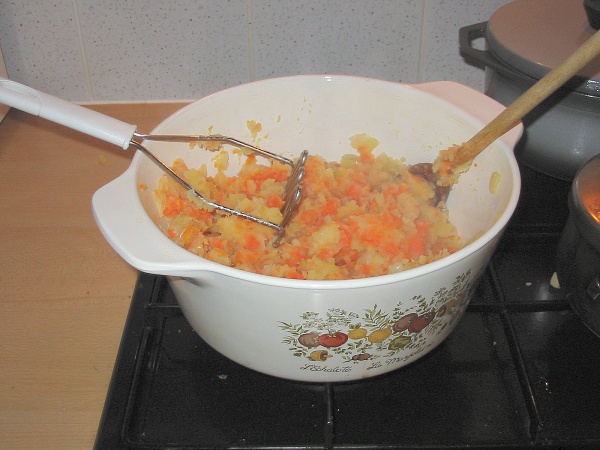Facts About Hutspot
Hutspot, also known as hochepot or hotchpotch, is a cherished Dutch dish composed of a simple yet robust mix of boiled and mashed potatoes, carrots, and onions. This comfort food has deep roots in Dutch cuisine and even appears in Indonesian cooking due to the historical ties between the two cultures.
Legend has it that hutspot originated from the leftovers of Spanish soldiers during the Siege of Leiden in 1574. This significant event is commemorated every October 3rd in Leiden, known as Leidens Ontzet, where hutspot takes center stage.
Traditionally, hutspot is prepared with klapstuk, a cut of beef, and winter carrots, which impart a unique and delectable flavor to the dish. The name "hutspot" translates to "shaken pot" akin to the English "hotchpot" and the Middle French "hochepot" which describe a type of meat-and-barley stew or a mixed composition.
In Dutch cuisine, hutspot is related to dishes like stamppot, which includes various mashed potato recipes such as boerenkool (with kale), andijvie (with endive), spruitjes (with Brussels sprouts), and zuurkool (with sauerkraut). These dishes are often complemented by rookworst, a smoked sausage that adds a savory touch.
Hutspot is a winter favorite in the Netherlands, recognized for its chunky texture that distinguishes it from smoother potato dishes. A similar Swedish dish, rotmos, substitutes swede for onions, giving it a somewhat different twist. It is important not to confuse hutspot with Flemish hutsepot, a meat stew featuring unmashed vegetables.

 Belgium
Belgium